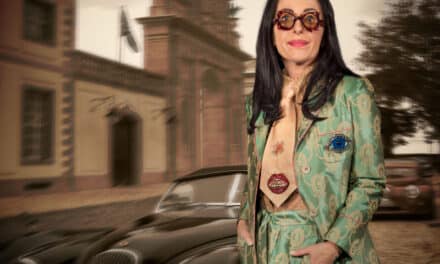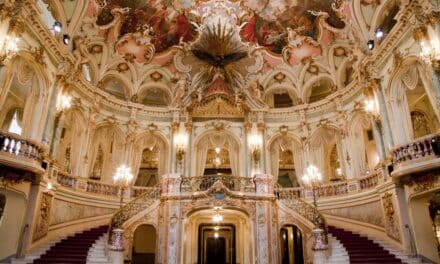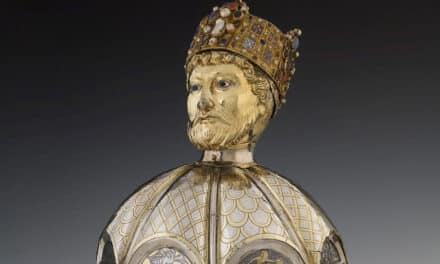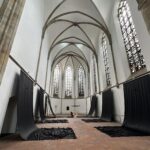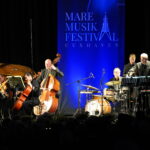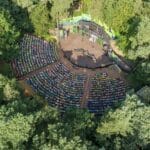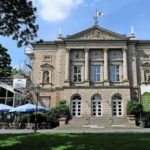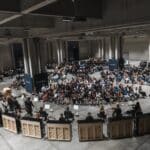A landscape that is completely flooded with water twice a day and then dries up again is something very special worldwide. If it also provides a unique habitat for many plants and animals, then this landscape is also particularly worthy of protection. In 2009, the World Heritage Committee declared the Wadden Sea a UNESCO World Heritage Site. The Wadden Sea can now be mentioned in the same breath as natural wonders such as the Great Barrier Reef in Australia, the Grand Canyon in the USA, Mount Kilimanjaro in Africa and the Galapagos Islands in the Pacific Ocean.
A natural beauty
UNESCO awarded this special distinction to the approximately 400-kilometre-long coastal strip that stretches from the Dutch island of Texel to the northern tip of Sylt. Covering around 10,000 square kilometers, the Wadden Sea is one of the largest wetlands in the world and a unique natural landscape with fascinating flora and fauna. Grey seals, harbor seals and crabs are at home in the Wadden Sea, and around 10 million migratory birds stop off here every year. And 2300 different animal and plant species live in the salt marshes. A habitat that absolutely must be protected.
The Blue Classroom
The UNESCO award for the Wadden Sea is not only a great honor, but also carries with it the responsibility to protect this unique habitat. Even the youngest children should learn how important the Wadden Sea ecosystem is for many animals and plants. This is why the "Blue Classroom" takes place in Cuxhaven every year. For this purpose, an extracurricular learning location is set up on the beach (a tent near the rescue station at the Kugelbake lido). The marine world is explained to children aged three to twelve in an understandable and exciting way. This promotes ecological awareness, questions current environmental problems and at the same time draws attention to environmental pollution.
Tidal flat hikes
Twice a day at low tide, the North Sea exposes the seabed - as far as 20 km off Cuxhaven. Here you can discover a fascinating world of flora and fauna. Countless crabs, mussels and lugworms live on and in the mudflats. They are food for fish, seals and millions of migratory birds that rest in the Wadden Sea in spring and fall.
Alongside the high mountains, the Wadden Sea is one of the last true natural landscapes in Central Europe.
The best way to get to know the Wadden Sea is on a guided tour. The Wadden guides are real "insiders" and know the fascinating secrets of the Wadden Sea: What does a lugworm look like? Can mussels walk? Where do seals live? So, off to the Wadden Sea!
Or you can enjoy the special features of the Wadden Sea on a horse-drawn carriage ride to Neuwerk.


